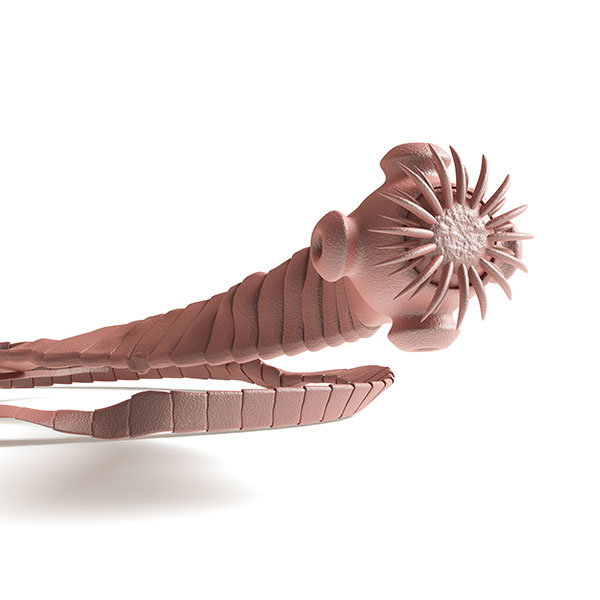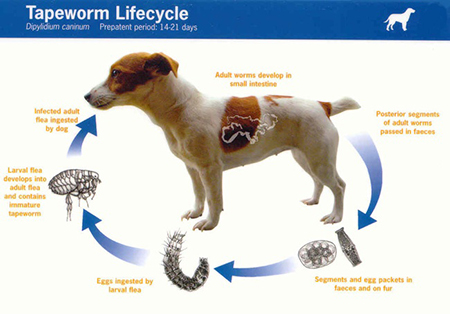Tapeworms are an intestinal parasite. This flat, segmented worm, which can also be found in humans, dogs, cats, and many other species worldwide, is related to roundworm, hookworm, and whipworm. The most common tapeworm species is Dipylidium Caninum. The medical term for a tapeworm infestation is Cestodiasis.
If you’ve ever seen pictures of tapeworms, you probably immediately felt disgusted. (Especially those alarming videos of tapeworms being removed from people. Despite the fact that they are repulsive to look at, it’s crucial to recognize the symptoms of parasites so your dog can be treated before the worms cause damage to his body. (In China, a woman had an eight-foot tapeworm removed from her stomach!) The good news is that tapeworms can be easily and effectively treated.
Clubs Offering:
Tapeworms are an intestinal parasite. This flat, segmented worm, which can also be found in humans, dogs, cats, and many other species worldwide, is related to roundworm, hookworm, and whipworm. The most common tapeworm species is Dipylidium Caninum. The medical term for a tapeworm infestation is Cestodiasis.
If you’ve ever seen photos of tapeworms, your reaction was probably one of automatic revulsion. (Especially those alarming videos of tapeworms being removed from people. A woman in China had an eight-foot tapeworm taken out of her stomach!) Even though they’re disgusting to look at, it’s important to recognize the signs of parasites, so your dog can be treated before the worms do damage to his body. The good news is that treatment for tapeworms is very effective and simple.

An adult tapeworm medical model. Image courtesy of decade3rd-anatomy.com.
There is a cycle through which dogs get tapeworms:

However, the dog had lived in B its entire life. C. Given that there are no regulations for screening or deworming imported dogs, this information, along with the genetic hint, informed us that the parasite had most likely traveled from Europe to Canada in an infected dog.
A number of veterinary diagnostic and pharmaceutical companies consult with Dr. Emily J. Jenkins. The Natural Sciences and Engineering Research Council of Canada provides funding for her.
In humans, the tapeworm behaves differently. It can spread like a tumor throughout the abdomen, the liver, and the rest of the body.
Owners of pets should be aware that monthly heartworm or tick medications frequently do not contain a tapeworm medication. Even “tapeworm” medications may not be effective against Echinococcus because they are typically marketed for less harmful tapeworms like Taenia or Dipylidium, which are much more common.
The good news is that by keeping pets away from infected rodents and wild canids’ droppings, pet owners can lower the risk to both themselves and their animals. They can prevent rodent infestations in and around their homes, keep cats indoors, and keep dogs on leashes. They can also monthly deworm high-risk animals with medication prescribed by a veterinarian.
How do dogs get tapeworms?
Dogs cannot contract tapeworms by consuming fertilized tapeworm eggs, in contrast to other intestinal parasites.
Before infecting a dog, tapeworms must first pass through an intermediary host (a flea).
Flea larvae, an immature stage of the flea, must consume the tapeworm eggs that are released into the environment. The tapeworm egg is already inside the flea larva and continues to grow as the flea develops into an adult flea.
A dog unintentionally ingests the flea that is infected with tapeworm while being groomed or in response to a flea bite. The tapeworm egg is released, hatches, and then anchors to the intestinal lining as the flea is broken down in the dog’s intestine, completing the life cycle.
FAQ
How are tapeworms passed to humans?
Ingesting food or water contaminated with tapeworm eggs or larvae results in tapeworm infection. Some tapeworm eggs have the ability to leave your intestines and develop larval cysts in body tissues and organs (invasive infection).
How likely is it to get worms from your dog?
In most cases, getting worms from an animal requires ingesting feces full of parasites. Weese said that using common sense and being clean greatly reduces the risk. Weese remarked, “The risk is never zero, but I’m not convinced it’s any higher for a vet than it is for someone who takes a stroll in the park. ”.
How contagious is tapeworm in dogs?
Are Tapeworms Spreadable to Humans and Other Animals? Tapeworms can spread to humans and other animals. Dipylidium caninum, a parasite that can spread to other household dogs through the intermediate flea host, is a disease that humans rarely get because it requires ingesting fleas.
Can a dog pass a whole tapeworm?
On rare occasions, the adult tapeworm’s head will separate from the intestinal wall. When this happens, the entire adult tapeworm will be passed in the feces or, if it moved to the stomach, will make the patient throw up.